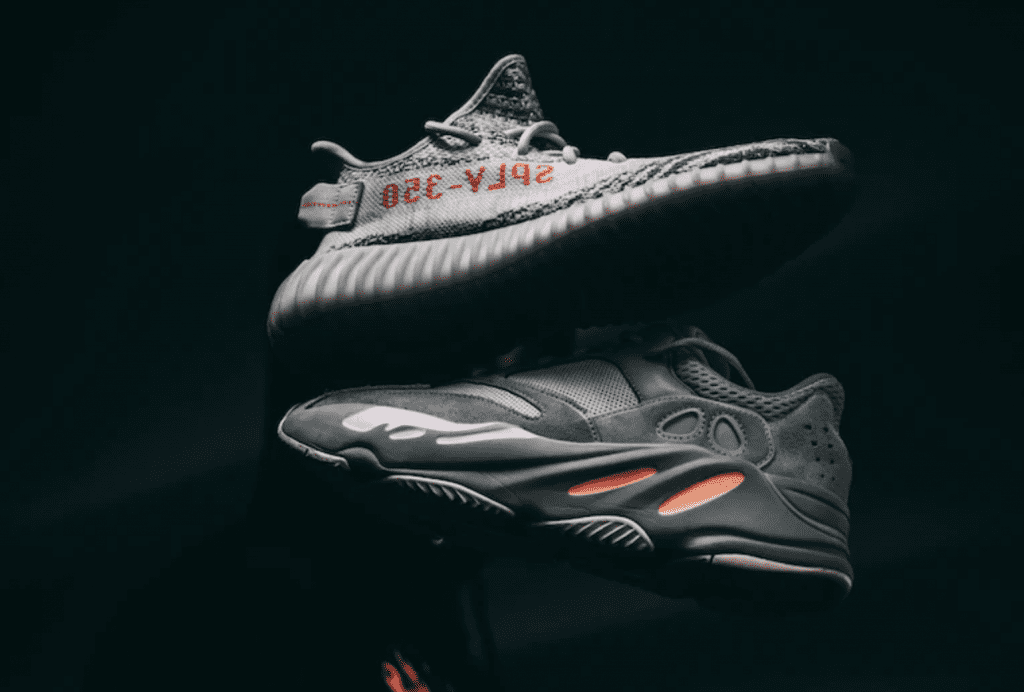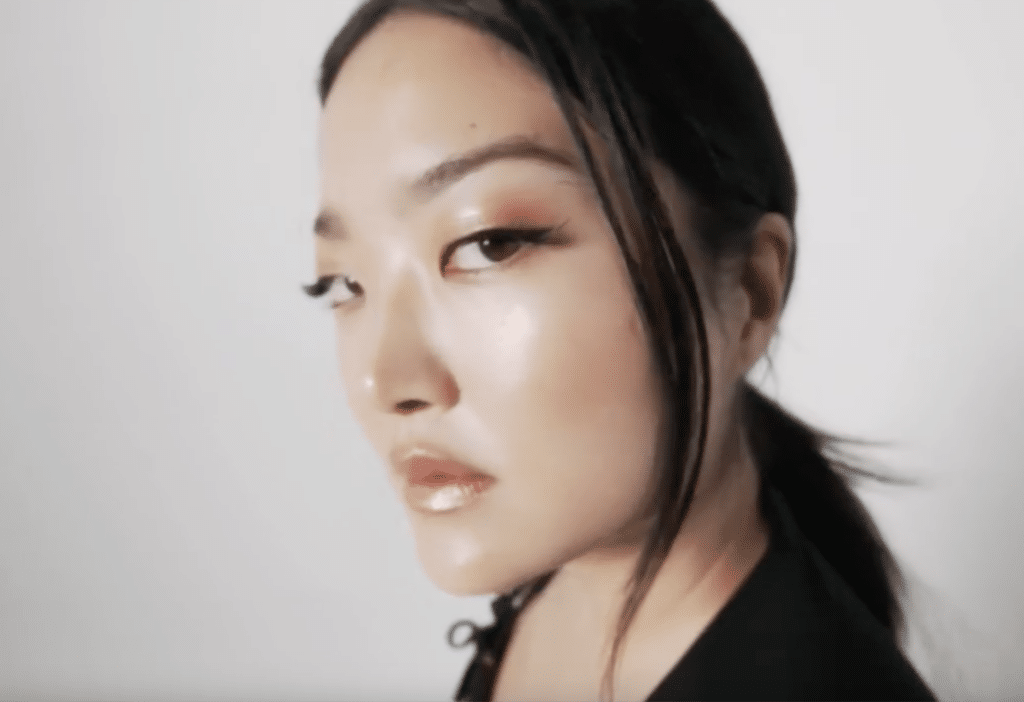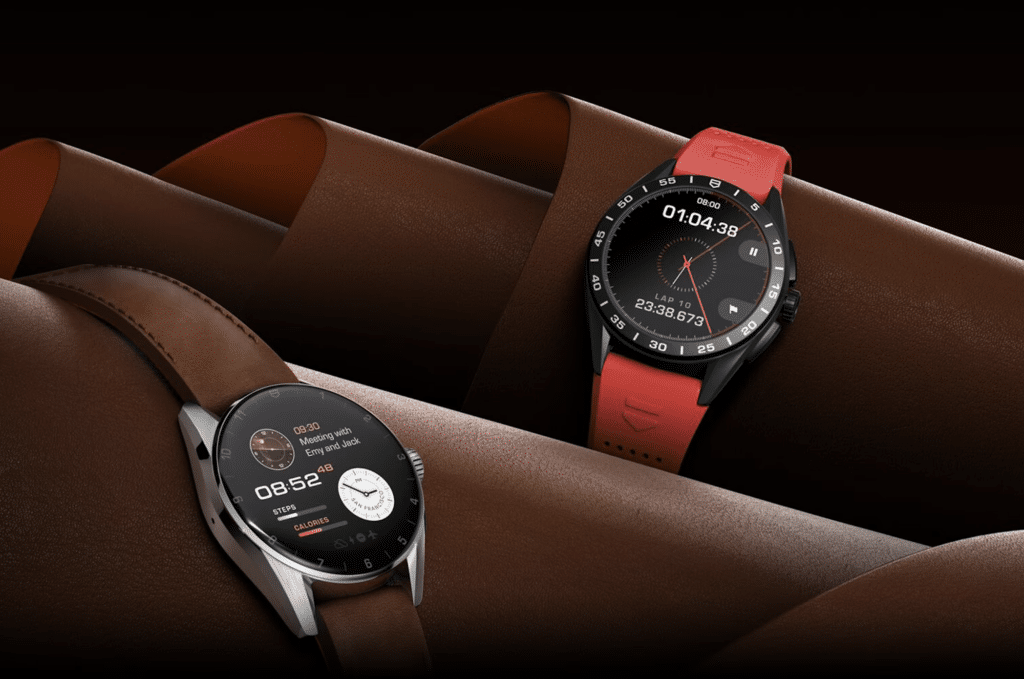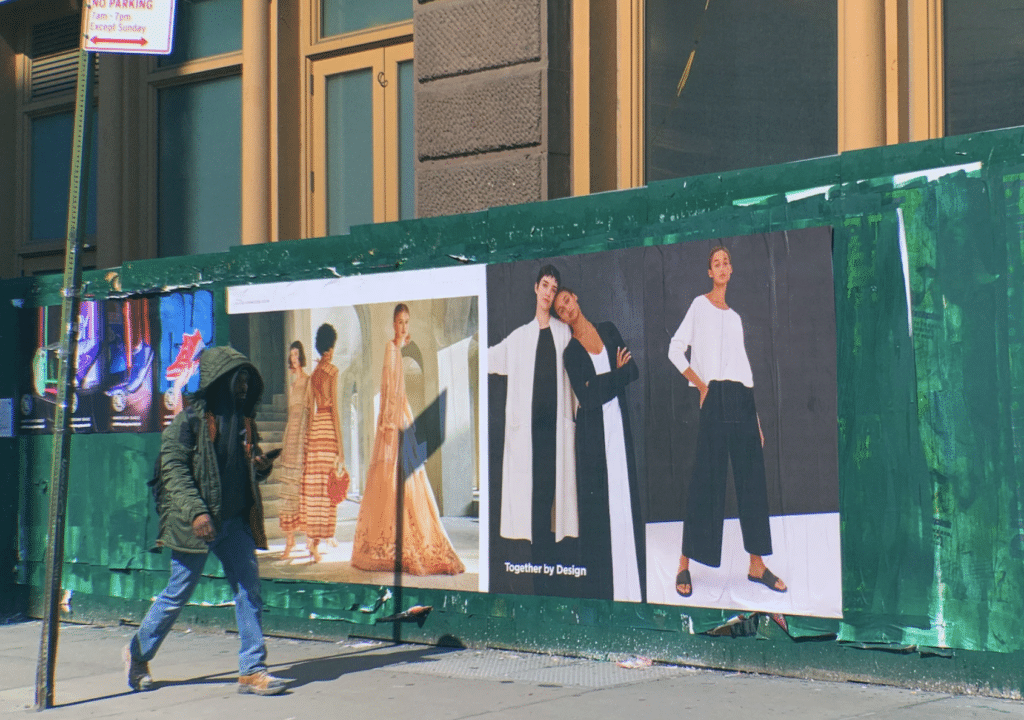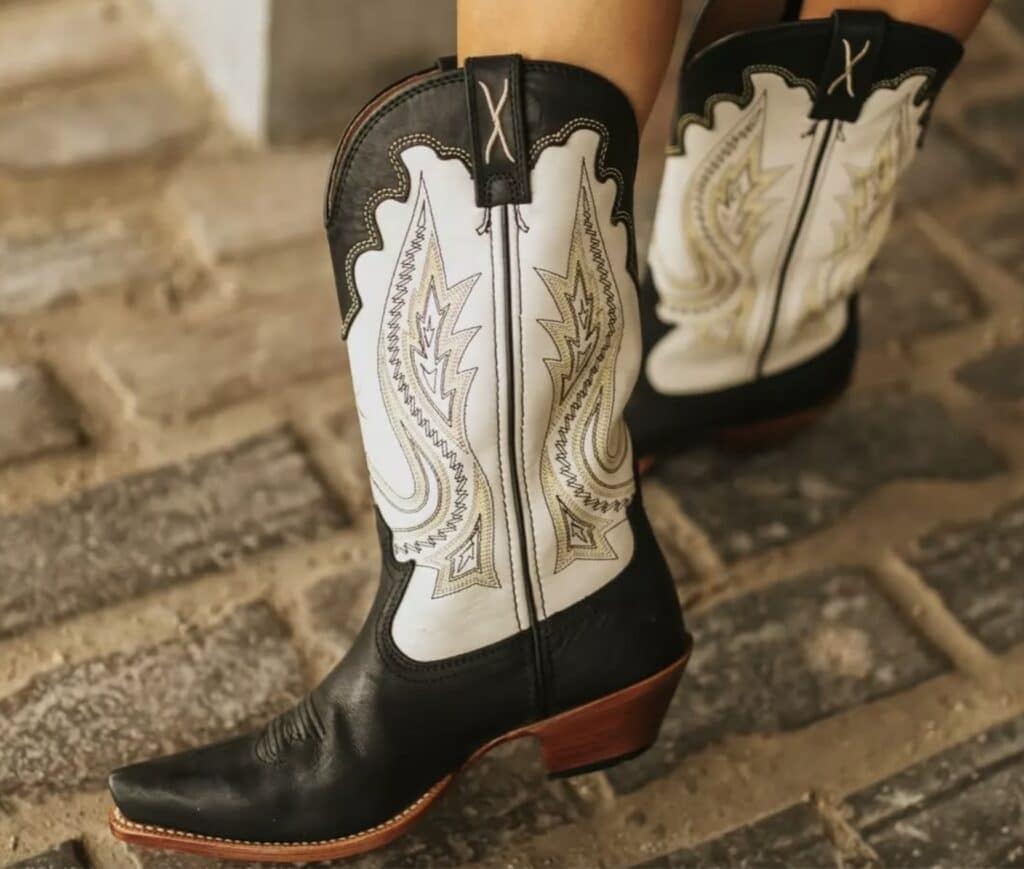THE FASHION LAW EXCLUSIVE — In the midst of increasing quantities for some of Kanye West’s hot-selling Yeezy sneakers to meet unabated consumer demand, adidas has been working hard behind the scenes to secure a copyright registration for artistic elements of the Yeezy Boost 350 versions 1 and 2 without much success … until recently, that is. Earlier this month, following an initial refusal and a subsequent failed request for reconsideration, the Review Board of the United States Copyright Office has handed adidas a win by reversing a prior refusal to register the “2-D artwork and sculpture” of the sneakers.
According to adidas’ application for registration for the “Yeezy Boost 350 Version 1” and “Yeezy Boost 350 Version 2,” which was filed in 2017, the much-hyped sneakers consist of protectable elements that are subject to copyright protection. In seeking federal protection, adidas pointed to the Version 1 design of “irregular black lines of various lengths and shapes on a gray fabric with a black semi-circle in the arch and an orange dotted stripe on an off-white heel loop.” As for Version 2, adidas asserted that the original design consists of “several grey lines in a wave pattern with a thick orange stripe on the outsole that fades toward the heel of the sneaker,” and a secondary “inner orange layer that adds intermittent orange coloring.”
While consumers may have been head-over-heels for the sneakers, the U.S. Copyright Office was not. The government agency, which is tasked with issuing copyright registrations, refused to register the designs of the wildly popular sneakers in February 2018, holding that they are “useful articles that do not contain any copyrightable authorship needed to sustain a claim to copyright.” Copyright protection does not, after all, extend to useful articles as whole but instead, only protects creative, separable elements of those articles.
Unsatisfied with the finding, adidas asked the Copyright Office to reconsider its decision, only to be handed yet another loss when the copyright body determined that the sneakers “contain separable designs” — but “those designs [do] not meet the originality requirement as they consisted of ‘simple shapes arranged into common, expected patterns in very simple color schemes.’”
Fast forward to this month and the Review Board of the States Copyright Office has taken a markedly different stance. In response to adidas’ second request for reconsideration, the Board – citing the separability test from Star Atheltica – decided that the design elements cited by adidas “can be perceived as two- or three-dimensional works of art separate from the useful article, that is, the sneaker.”
With that in mind, it asked “whether the [sneaker design elements] are protectable as original works of authorship if imagined separately from the sneaker,” and held that “based on the low standard for copyrightability articulated in Feist Publications … [the designs at issue do, in fact] contain a sufficient amount of original and creative two- and three-dimensional authorship for registration.”
As a result, the Board has sent the matter back down to the Registration Policy and Practice division for registration, assuming “that all other application requirements are satisfied.”
The Board’s decision is not just a welcome one for adidas, which is one of the most heavily copied brands in the world, and thanks to the Supreme Court’s decision in the Fourth Estate Public Benefit Corp. case, needs registrations in order to pursue copyright infringement claims). It is an interesting one when it comes to the protection of footwear.
“Footwear designs are routinely protected with design patents,” George Raynal, a partner with Saidman DesignLaw Group, who specializes in U.S. and international design protection, tells TFL, and they “will remain the gold standard,” including for adidas, which maintains at least one design patent for the Nic Galway and Aurelien Longo-designed Yeezy Boost 350.
However, “this decision signals another avenue for qualifying designs with enough originality, and designers could benefit from lower costs and advantages of copyright such as statutory damages, recovery of attorney fees, and recordation and enforcement with Customs.”







